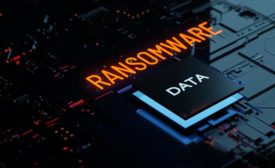Security Leadership and Management
The 11th iteration of the Building Security In Maturity Model reflects how organizations are adapting their software security efforts to support modern software development paradigms
Read More
Education & Training
Derailing ransomware 2.0 requires a little trickery
September 16, 2020
Sign-up to receive top management & result-driven techniques in the industry.
Join over 20,000+ industry leaders who receive our premium content.
SIGN UP TODAY!Copyright ©2024. All Rights Reserved BNP Media.
Design, CMS, Hosting & Web Development :: ePublishing













